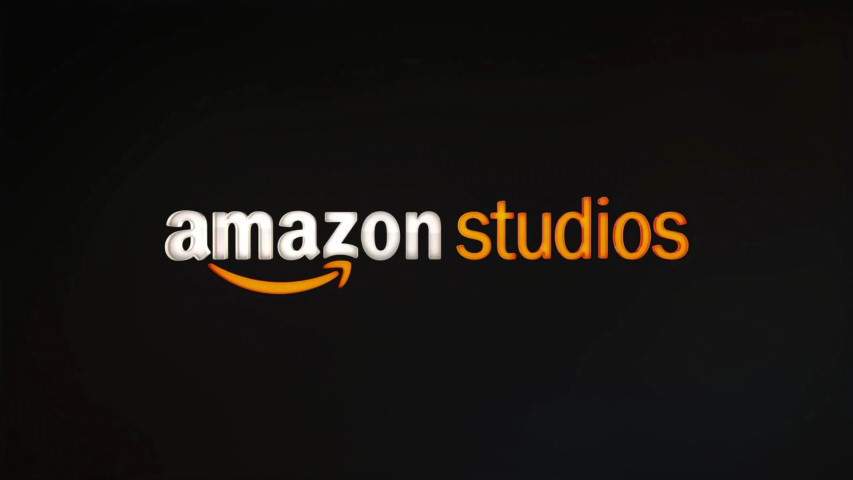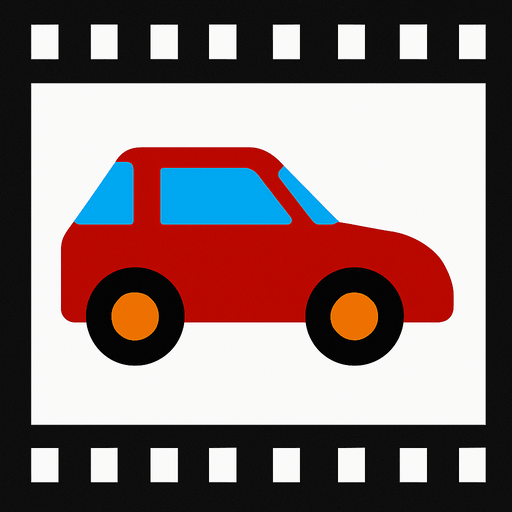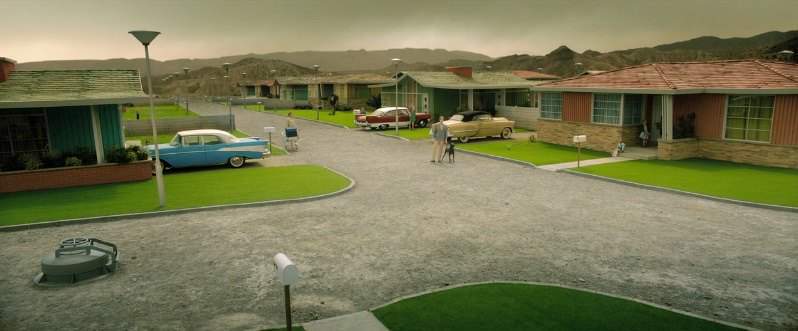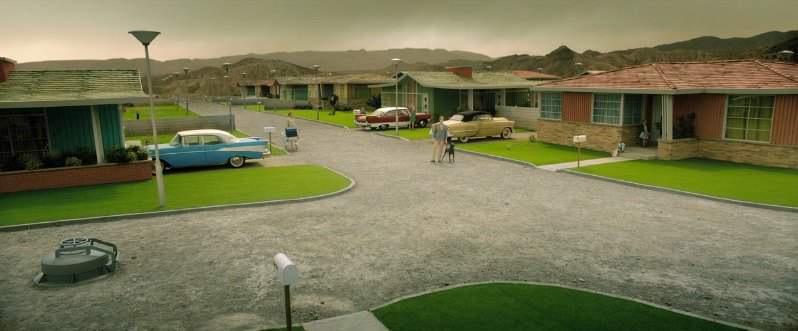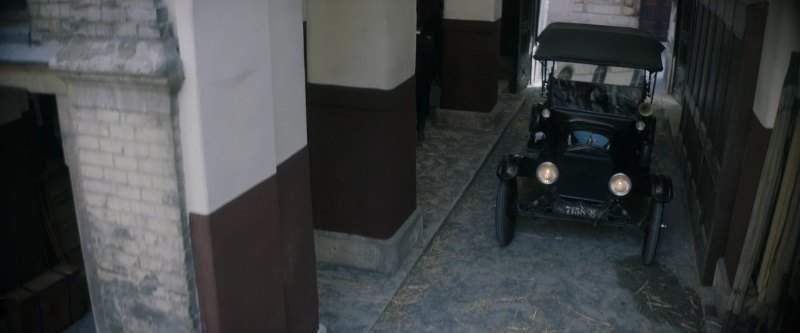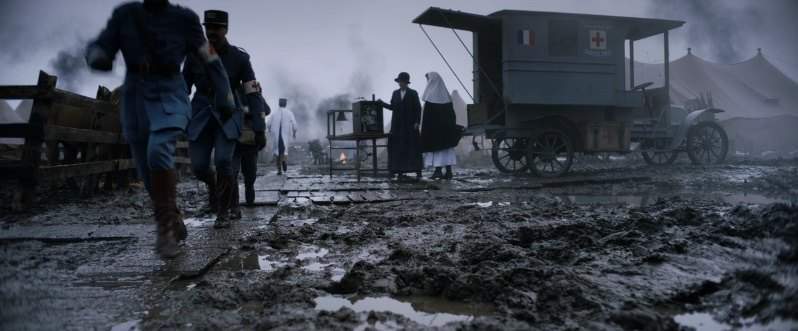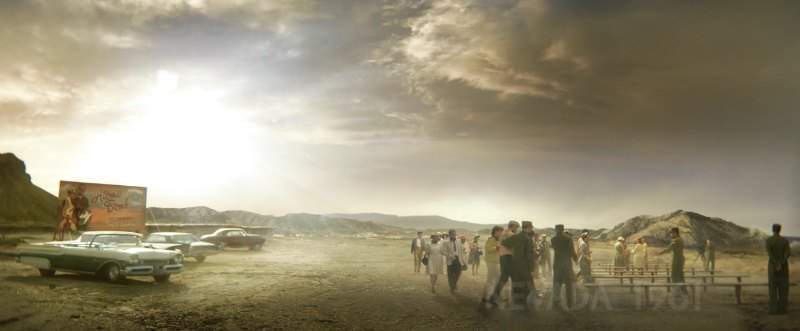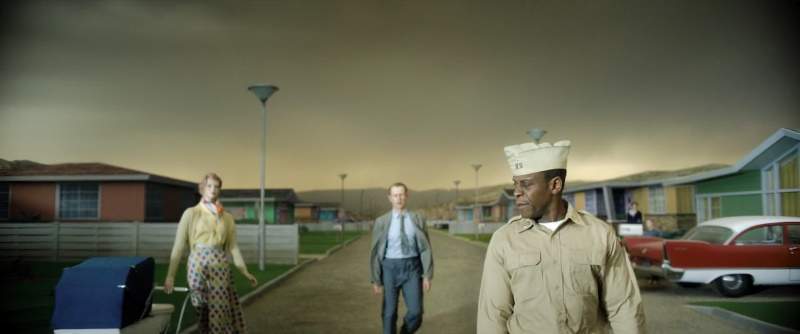Radioactive 2020

The story follows Marie Curie as she pursues groundbreaking scientific research, forming a strong partnership with her husband, Pierre. Their shared passion leads to revolutionary discoveries and a profound love story. Together, they challenge established norms and are jointly awarded the Nobel Prize in 1903, marking a historic moment as the first woman to receive the prestigious honor. The film explores her determination and the impact of her work.
Does Radioactive have end credit scenes?
No!
Radioactive does not have end credit scenes. You can leave when the credits roll.
Meet the Full Cast and Actors of Radioactive
Explore the complete cast of Radioactive, including both lead and supporting actors. Learn who plays each character, discover their past roles and achievements, and find out what makes this ensemble cast stand out in the world of film and television.
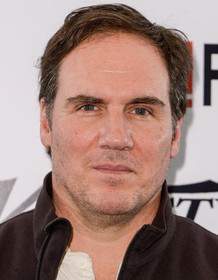
Corey Johnson
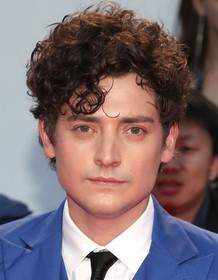
Aneurin Barnard
Paul Langevin

Sam Riley
Pierre Curie
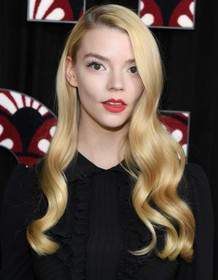
Anya Taylor-Joy

Simon Russell Beale
Professor Lippmann
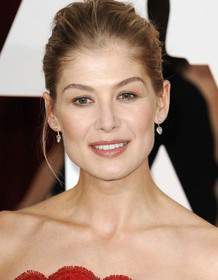
Rosamund Pike
Marie Curie

Michael Gould

Tim Woodward
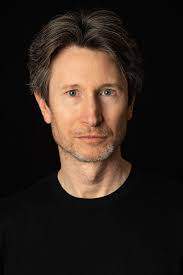
Jonathan Aris

Péter Fancsikai

Cara Bossom

Drew Jacoby
Loie Fuller

Faye Bradbrook
Bronia's Maid

Harriet Turnbull
Young Marie

Indica Watson
Irène Aged 6

Mirjam Novak
Nurse

Ralph Berkin
Doctor

Sian Brooke
Bronia Sklodowska

Yvette Feuer
Carla
External Links and Streaming Options
Discover where to watch Radioactive online, including streaming platforms, rental options, and official sources. Compare reviews, ratings, and in-depth movie information across sites like IMDb, TMDb, Wikipedia or Rotten Tomatoes.
Ratings and Reviews for Radioactive
See how Radioactive is rated across major platforms like IMDb, Metacritic, and TMDb. Compare audience scores and critic reviews to understand where Radioactive stands among top-rated movies in its genre.

The Movie Echo Score
In its overall execution, Radioactive presents a mixed profile that balances modest achievements with notable shortcomings. While the film’s unconventional structure and caring intent earn appreciative nods, inconsistencies in pacing and coherence temper its impact. Many responses highlight strong lead performances and thoughtful moments but also cite uneven narrative flow and lack of emotional depth. On balance, the film emerges as a moderately engaging biopic that delivers occasional insights amid recurring structural and tonal instability.
The Movie Echo Score Breakdown for Radioactive

Art & Craft
The film’s artistic execution exhibits moments of creative ambition but is frequently undermined by uneven direction and editing. Reviewers note occasional visual inventiveness in non-linear sequences, yet many criticize tonal inconsistencies and abrupt transitions that disrupt cohesion. While standout visual ideas emerge sporadically, the overall art direction remains only modestly effective across the runtime.

Character & Emotion
Character portrayal and emotional resonance deliver respectable performances but suffer from limited depth and uneven development. Rosamund Pike’s central portrayal earns frequent commendation for its sincerity and presence, yet several critiques observe shallow character arcs and moments where dialogue reduces complexity. Although the film conveys compassionate intent toward its subjects, emotional engagement remains sporadic rather than fully immersive.
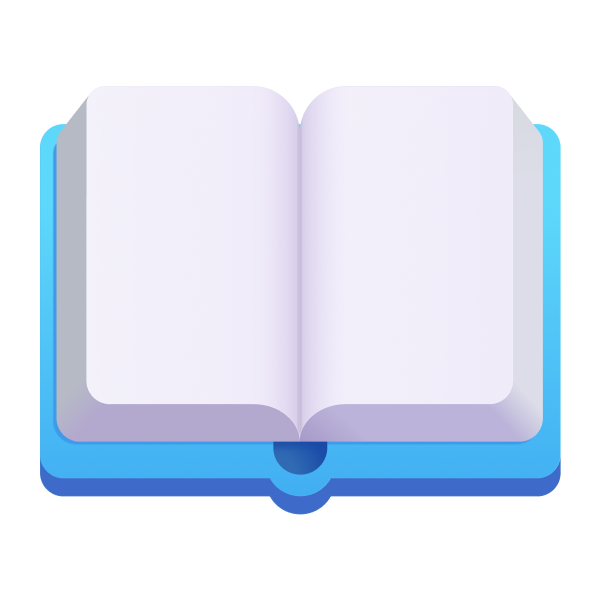
Story & Flow
In terms of narrative coherence, the film presents engaging concepts hindered by erratic pacing and structural inconsistency. A blend of biopic elements and inventive time-hopping sequences aims to illustrate scientific impact, but abrupt transitions and uneven tempo undermine cohesion. Although key events receive thorough coverage, the plot frequently loses focus and fails to maintain momentum.
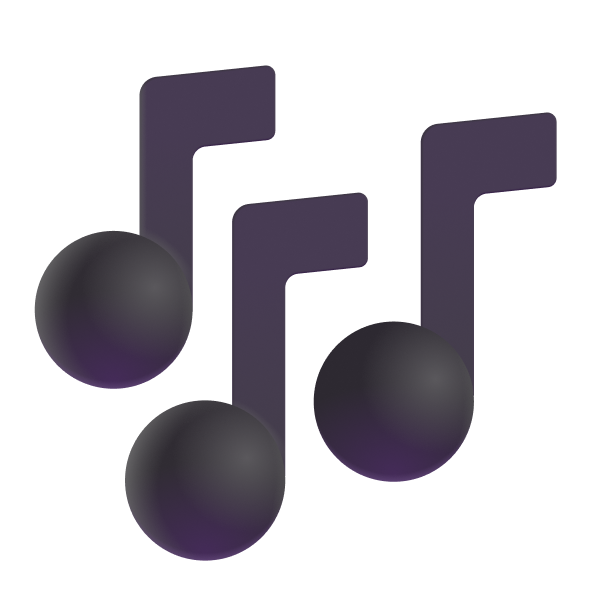
Sensory Experience
When it comes to sensory experience, the film offers modest visual flair but lacks a memorable auditory atmosphere or cohesive aesthetic. Occasional use of magical-realism visuals and stylized sequences provide fleeting stylistic interest, yet most reviews remark on an underwhelming score and limited sound design depth. Overall, the sensory presentation remains serviceable rather than distinctly immersive.
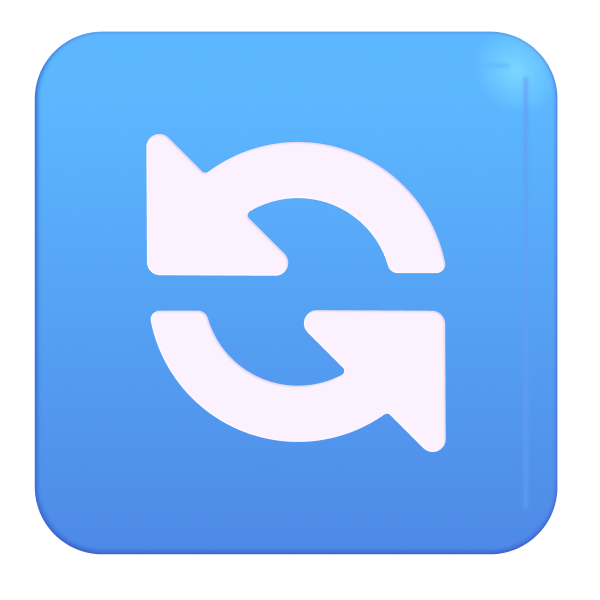
Rewatch Factor
Reviewers generally agree that the uneven execution and sporadic narrative strengths mitigate any strong desire for repeated viewings. While curious viewers may appreciate re-examining select sequences—particularly Rosamund Pike’s performance and the unconventional time shifts—the film’s inconsistent pacing and lack of deep emotional resonance make it unlikely to sustain high replay appeal.

56
Metascore
5.1
User Score


63%
TOMATOMETER

43%
User Score

6.3 /10
IMDb Rating

66
%
User Score

2.8
From 36 fan ratings

3.75/5
From 4 fan ratings
Take the Ultimate Radioactive Movie Quiz
Challenge your knowledge of Radioactive with this fun and interactive movie quiz. Test yourself on key plot points, iconic characters, hidden details, and memorable moments to see how well you really know the film.
Radioactive - Quiz Time: Test your knowledge on the life and discoveries of Marie Curie as depicted in the movie 'Radioactive'.
In which year does the movie 'Radioactive' primarily unfold?
1932
1934
1936
1938
Show hint
Full Plot Summary and Ending Explained for Radioactive
Read the complete plot summary of Radioactive, including all major events, twists, and the full ending explained in detail. Explore key characters, themes, hidden meanings, and everything you need to understand the story from beginning to end.
As the year 1934 dawned in Paris, a frail Marie Curie (Rosamund Pike) found herself in a hospital, with fragments of her past swirling around her like smoke. Her mind drifted back to the streets of 1893, where she first encountered Pierre Curie (Sam Riley), a fortuitous meeting that would irrevocably change her life. During this earlier period, Marie Sklodowska, struggling against the harsh realities of being a woman in a male-dominated scientific realm, confronted Professor Lippmann (Simon Russell Beale), passionately defending her research against his blatant disregard. Despite his condescending attitude, Marie stood firm, sharing her frustrations with her sister Bronia (Sian Brooke). However, the persistent rejections threatened to extinguish her determination.
Fate shifted in a promising direction when she reconnected with Pierre, an academic who not only recognized her name but also revered her work. He extended his hand in collaboration, offering her shared lab space, which Marie initially rejected, only to reconsider after a fire sparked at home due to a careless mistake. Their burgeoning collaboration yielded surprising insights, revealing that uranium, once believed to be reliant on external factors for radiation, was intriguing in its own right, hinting at the existence of an undiscovered element.
Supported by Pierre, who realized the inadequacies of their current equipment, they set out to create a quadrant electrometer to measure electrical potential. Over dinner with friends Paul Langevin and his wife, Pierre recounted their quest to isolate elements from ore, while Marie emphasized that the reactions of uranium stemmed solely from the element itself.
As their professional bond deepened, Pierre’s affection for Marie blossomed; though hesitant at first, she eventually accepted his proposal, leading to a swift wedding ceremony. Shortly after their honeymoon, Pierre disclosed their future collaboration with Paul in a cutting-edge research facility. Over the years, they welcomed their daughter Irène and made monumental discoveries, unearthing two new elements: polonium and radium. Their groundbreaking findings reverberated through the scientific community, with Marie coining the term “radioactivity,” a word that would become widely recognized and revered, paving the way for their Nobel Prize nomination.
As Pierre ascended to a professorship, Marie prepared for the birth of their second child, while the world began to realize the transformative potential of radioactivity. Amidst the enthusiasm, Pierre was elated to learn of radium’s application in cancer treatment, believing their work could fundamentally alter human history.
Fast-forward to 1957 in Cleveland, a doctor employs radioactive technology to treat a young cancer patient, a powerful illustration of the far-reaching influence of their discovery. Complications arose when Pierre became captivated by a mystic claiming the ability to channel spirits through radioactivity, a development that troubled Marie. Upon the birth of their second daughter, Eve, Pierre shared with her the exciting news: their research had been acknowledged by the Nobel Committee—yet only under his name.
Determined to correct this injustice, Pierre humbly accepted the award alongside Marie in Stockholm in 1903, cautioning against the potential dangers of their discovery falling into unworthy hands. As he delivered his acceptance speech, he pondered if humanity was ready for the ramifications that would follow, foreshadowing the grave moment when the atomic bomb would be dropped on Hiroshima in 1945.
As Pierre returned home, grappling with the fallout of his success, he was faced with Marie’s fury for his perceived overshadowing of her contributions, a confrontation culminating in her striking him. The film then leads to the tragic moment when Pierre suffers a fateful mishap on his journey home, crushed by a horse and cart in a heart-wrenching twist of fate, forever altering Marie’s world and plunging her into a cycle of despair haunted by nightmares.
In the aftermath, Professor Lippmann offered Marie a path back to prominence by inviting her to succeed Pierre at the prestigious Sorbonne. Initially hesitant, Marie’s resilience ultimately prevailed, and she took on the role, driven by her passion for science. While navigating this new phase, Paul, who attempted to offer comfort, failed to alleviate her pain as she contended with an onslaught of public scrutiny following the rumors swirling around her.
The gossip turned cruel when the wife of Paul labeled her a “dirty pole,” asserting she had unleashed a toxic legacy upon the world. During this turbulence, Marie’s daughters witnessed their mother’s struggles and were met with resistance as Marie endeavored to shield them from the harsh reality surrounding her.
In a poignant search for peace, Marie consulted with a mystic to commune with the spirit of Pierre, grappling with the incessant loss. A mystic’s revelation to her about her own fading vitality served to heighten her longing for connection, as her assistant pleaded for the spirit world to grant her reprieve from the burdens of grief.
Fragments of her past intertwined with 1986’s catastrophic Chernobyl meltdown, highlighting Bronia’s decision to retreat amidst public vitriol directed at Marie. However, her tenacity to prioritize her work over personal safety kept her grounded.
Years later, Marie’s unparalleled dedication culminated in a second Nobel Prize, although she paid little heed to warnings against stirring the pot. Instead, upon attending the ceremony, she discovered encouragement from a burgeoning women’s movement, leading to a spontaneous ovation from the assembled crowd.
In the present, adult Irène (Anya Taylor-Joy) encouraged Marie to contribute to the war effort, yet Marie remained steadfast against entering combat, instead, agreeing to assist by providing equipment. As Irène introduced Frederic, a passionate young researcher, into their lives, Marie felt torn between cautioning her against the dangers of radiation while appreciating Frederic’s fervor.
Together, they approached Alexandre Millerand, the war minister, lobbying for mobile x-ray units to assist frontline medical treatment. Initially met with reluctance from Millerand and Professor Lippmann due to budget constraints, Marie’s unwavering resolve led her to propose melting down her Nobel Prize medals, emphasizing her sacrifice for progress in medical treatment. Ultimately, her efforts bore fruit, securing the deployment of crucial units to battlefield.
As Marie and Irène ventured into war-torn territory, the dire reality of their mission contrasted starkly with the optimism of their laboratory days. While attending to the wounded, Marie fell into a reverie, blending past and present, as an older Marie lay in a hospital bed surrounded by echoes of moments both significant and tender with Pierre. His encouragement underscored her tremendous contributions, culminating in a heartfelt kiss that solidified their legacy.
The narrative chimes forward, revealing that upon Marie’s passing, she was interred beside Pierre, a lasting homage to their shared journey. In a closing chapter, Irene and Frederic’s collaboration resulted in a Nobel Prize for their groundbreaking discovery of artificial radioactivity, a profound achievement mirroring Marie’s relentless spirit. The legacy endures as the Curie discoveries continue to aid in the fight against cancer, affirming that Marie Curie’s unwavering dedication profoundly shaped the future of science and human compassion.
Uncover the Details: Timeline, Characters, Themes, and Beyond!

Coming soon on iOS and Android
The Plot Explained Mobile App
From blockbusters to hidden gems — dive into movie stories anytime, anywhere. Save your favorites, discover plots faster, and never miss a twist again.
Sign up to be the first to know when we launch. Your email stays private — always.
Watch Trailers, Clips & Behind-the-Scenes for Radioactive
Watch official trailers, exclusive clips, cast interviews, and behind-the-scenes footage from Radioactive. Dive deeper into the making of the film, its standout moments, and key production insights.
Cars Featured in Radioactive
Explore all cars featured in Radioactive, including their makes, models, scenes they appear in, and their significance to the plot. A must-read for car enthusiasts and movie buffs alike.
Radioactive Themes and Keywords
Discover the central themes, ideas, and keywords that define the movie’s story, tone, and message. Analyze the film’s deeper meanings, genre influences, and recurring concepts.
Radioactive Other Names and Titles
Explore the various alternative titles, translations, and other names used for Radioactive across different regions and languages. Understand how the film is marketed and recognized worldwide.
Similar Movies To Radioactive You Should Know About
Browse a curated list of movies similar in genre, tone, characters, or story structure. Discover new titles like the one you're watching, perfect for fans of related plots, vibes, or cinematic styles.
Quick Links: Summary, Cast, Ratings, More

What's After the Movie?
Not sure whether to stay after the credits? Find out!
Explore Our Movie Platform
New Movie Releases (2026)
Famous Movie Actors
Top Film Production Studios
Movie Plot Summaries & Endings
Major Movie Awards & Winners
Best Concert Films & Music Documentaries
Movie Collections and Curated Lists
© 2026 What's After the Movie. All rights reserved.


